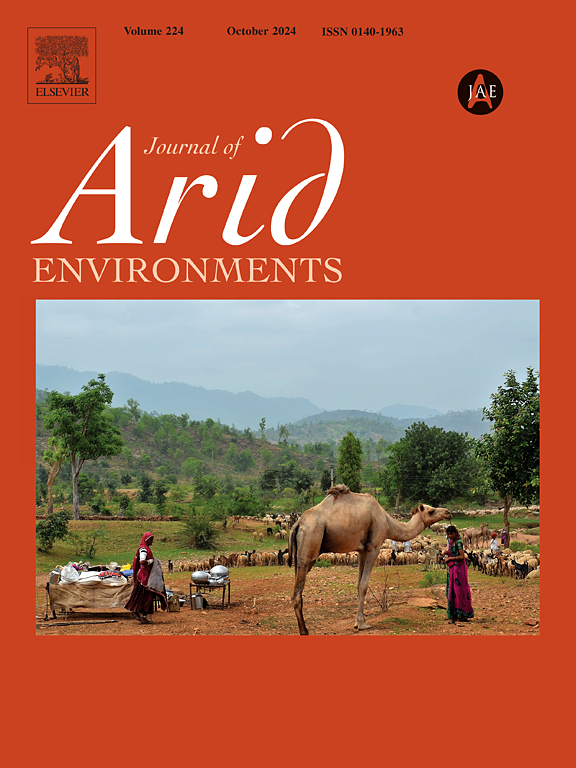Impact of land use land cover change on catchment hydrological response in 576 Iranian catchments
IF 2.5
3区 环境科学与生态学
Q2 ECOLOGY
引用次数: 0
Abstract
Land use and land cover (LULC) changes significantly impact hydrological processes in semi-arid regions like Iran, where national-scale studies are scarce. This study assesses LULC change impacts from 2001 to 2022 on runoff and hydrological drought across Iran's 576 catchments (410,000 km2) using the Soil and Water Assessment Tool Plus (SWAT+). This analysis employs a novel SWAT + framework integrating crop-specific calibrations (e.g., wheat, barley, rice), human interventions (e.g., irrigation, reservoir operations, interbasin diversions), and Curve Number (CN) dynamics, achieving robust performance (NSE: 0.50–0.88; KGE: 0.51–0.90). Evergreen forest loss (4.8 %–2.8 %) and agricultural expansion (20 %–27.8 %) increased annual runoff by 1.21 mm/month, with a 2.7 mm/month rise during the March–May rainy season, driven by 10–15 % reduced canopy interception and 5–10 % CN increases in arid catchments. Hydrological drought frequency rose 15 % in western and central catchments, with duration extending 1.2–1.8 months and severity increasing 5 %, linked to higher surface runoff (1.5–2.7 mm/month). Impacts were pronounced in arid and semi-arid regions (150–300 mm/year precipitation). This study advances LULC impact assessments by integrating runoff and drought analyses with CN dynamics, offering policy strategies like reforestation and precision irrigation for sustainable water management in semi-arid environments.
伊朗576个流域土地利用、土地覆被变化对流域水文响应的影响
土地利用和土地覆盖(LULC)变化显著影响伊朗等半干旱地区的水文过程,而这些地区的国家级研究很少。本研究利用土壤和水评估工具Plus (SWAT+)评估了2001年至2022年LULC变化对伊朗576个流域(41万平方公里)径流和水文干旱的影响。该分析采用了一种新的SWAT +框架,整合了作物特定校准(如小麦、大麦、水稻)、人为干预(如灌溉、水库操作、流域间改道)和曲线数(CN)动态,实现了稳健的性能(NSE: 0.50-0.88; KGE: 0.51-0.90)。常绿森林损失(4.8% - 2.8%)和农业扩张(20% - 27.8%)使年径流量增加1.21 mm/月,其中3 - 5月雨季径流量增加2.7 mm/月,这是由于干旱流域林冠截流减少10 - 15%和CN增加5 - 10%造成的。西部和中部流域的水文干旱频率增加了15%,持续时间延长了1.2-1.8个月,严重程度增加了5%,与地表径流增加(1.5-2.7毫米/月)有关。在干旱和半干旱地区(150 ~ 300 mm/年)影响显著。本研究通过将径流和干旱分析与CN动态相结合来推进LULC影响评估,为半干旱环境下的可持续水管理提供再造林和精准灌溉等政策策略。
本文章由计算机程序翻译,如有差异,请以英文原文为准。
求助全文
约1分钟内获得全文
求助全文
来源期刊

Journal of Arid Environments
环境科学-环境科学
CiteScore
5.70
自引率
3.70%
发文量
144
审稿时长
55 days
期刊介绍:
The Journal of Arid Environments is an international journal publishing original scientific and technical research articles on physical, biological and cultural aspects of arid, semi-arid, and desert environments. As a forum of multi-disciplinary and interdisciplinary dialogue it addresses research on all aspects of arid environments and their past, present and future use.
 求助内容:
求助内容: 应助结果提醒方式:
应助结果提醒方式:


